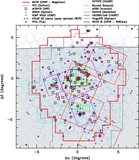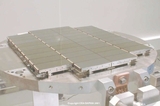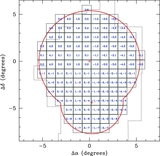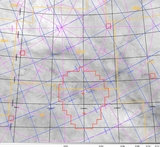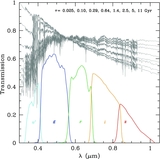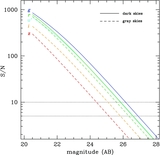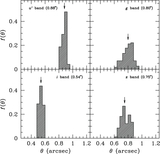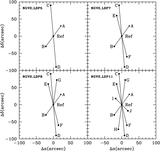Image Details
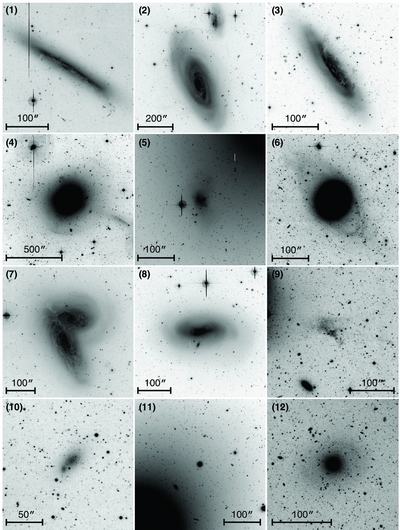
Caption: Figure 24.
Virgo cluster as a laboratory for studying the effects of interactions and environment on galaxy evolution. The different panels show likely examples of various evolutionary processes at work. Panels (a)–(c): a ram-pressure-stripping sequence of VCC630, VCC1690, and VCC1516, illustrating gas stripping before, during and after its peak intensity (as inferred from H i observations). Panel (d): VCC1632, a remnant of a gas-poor merger. Panel (e): VCC1249, a gas-rich dwarf being accreted by M49 and an example of a "wet" accretion event. Panel (f): VCC355, an S0 galaxy with an extended star-forming ring, perhaps triggered by tidal interactions. Panel (g): VCC1673 and VCC1676, an interacting pair with tidally triggered star formation. Panel (h): VCC979, a possible post major merger Sa galaxy. Panel (i): VCC2062, a candidate tidal dwarf system. Panel (j): VCC1786, a possible binary dwarf system. Panel (k): VCC1199, a close companion of M49 that has likely undergone severe tidal stripping. Panel (l): VCC1681, a faint dwarf elliptical galaxy that shows faint spiral arms, possible evidence for the transformation by the tidal forces acting in the cluster environment. All images are in the g band; the scale is as shown in each panel (100'' corresponds to ~8 kpc at the distance of the Virgo cluster).
Copyright and Terms & Conditions
© 2012. The American Astronomical Society. All rights reserved.



